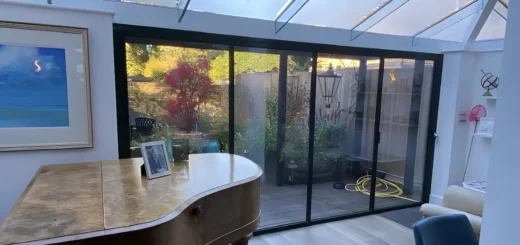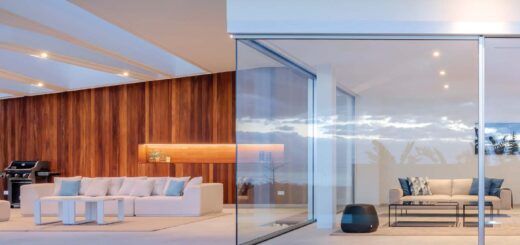The Complete Guide to Heritage Sliding Doors
Table of Contents
Characteristics of Heritage Sliding Doors
Heritage sliding doors merge past and present, blending traditional aesthetics with modern functionality. These doors pay homage to architectural styles of bygone eras while meeting today’s performance standards.
Key Design Features
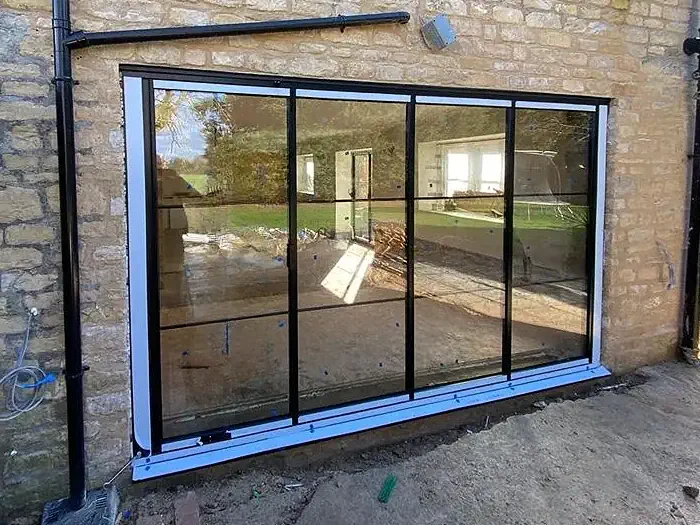
Ornate detailing sets heritage doors apart from their contemporary counterparts. Intricate mouldings, raised panels, and period-appropriate hardware capture the essence of historical designs. Glass panes often feature distinctive patterns, such as leaded or stained glass, echoing the craftsmanship of earlier times.
Proportions are important to achieving an authentic look. Taller, narrower panels reflect the architectural norms of Victorian and Edwardian periods. These doors frequently incorporate transom windows or sidelights, further emphasising vertical lines and letting in plenty of natural light.
Traditional Materials
Wood remains the material of choice for many heritage doors. Oak, mahogany, and pine are popular options, each bringing its unique grain and colour to the design. These timbers can be stained or painted to match specific period styles or complement existing interior schemes.
For external applications, more modern materials are often used: aluminium heritage doors offer durability without sacrificing style. Advanced manufacturing techniques allow these doors to mimic the appearance of traditional timber or steel while providing superior weather resistance and thermal efficiency.
Historical Development
The concept of sliding doors dates back centuries, with roots in Japanese architecture. In Britain, their popularity surged during the Victorian era as pocket doors, offering space-saving solutions in grand homes. The Industrial Revolution brought advancements in glass production, paving the way for larger glazed panels in heritage patio doors.
Evolution of Styles
As architectural trends shifted, so did door designs. Georgian simplicity gave way to Victorian opulence, reflected in more elaborate door patterns. The Arts and Crafts movement later championed a return to hand-crafted aesthetics, influencing heritage style doors with its emphasis on natural materials and honest construction.
Today’s heritage sliding doors draw inspiration from these historical styles, adapting them to suit modern living. They combine traditional appearances with contemporary engineering, offering smooth operation and improved insulation. This blend of old and new allows homeowners to preserve the character of period properties while enjoying the benefits of 21st-century door technology.
Internal Heritage Sliding Doors
Interior sliding doors offer a way to divide rooms without sacrificing floor area, making them ideal for period properties where space is at a premium.
Victorian Pocket Doors
Pocket doors, a hallmark of Victorian architecture, slide neatly into wall cavities when open. This clever design allows for flexible use of space, perfect for creating temporary privacy or revealing larger, combined areas as needed. In grand homes, ornate pocket doors often feature intricate carvings or etched glass panels, showcasing the craftsmanship of the era.
Heritage doors of this type typically run on brass or cast-iron tracks, ensuring smooth movement despite their substantial weight. Modern versions of these doors incorporate updated mechanisms for easier operation, while maintaining the authentic look of their predecessors.
Barn-Style Heritage Doors
Barn-style sliding doors have found their way from rural outbuildings to chic urban interiors. These heritage patio doors add a rustic touch to period homes, particularly those with industrial or farmhouse influences. Crafted from solid wood planks and fitted with black iron hardware, they make a bold statement in any room.
The hefty appearance of barn doors belies their ease of use. Suspended from a sturdy rail above the doorway, they glide effortlessly to one side, creating a wide opening without the swing space required by hinged doors. This feature makes them particularly useful in tight corridors or rooms where furniture placement is challenging.
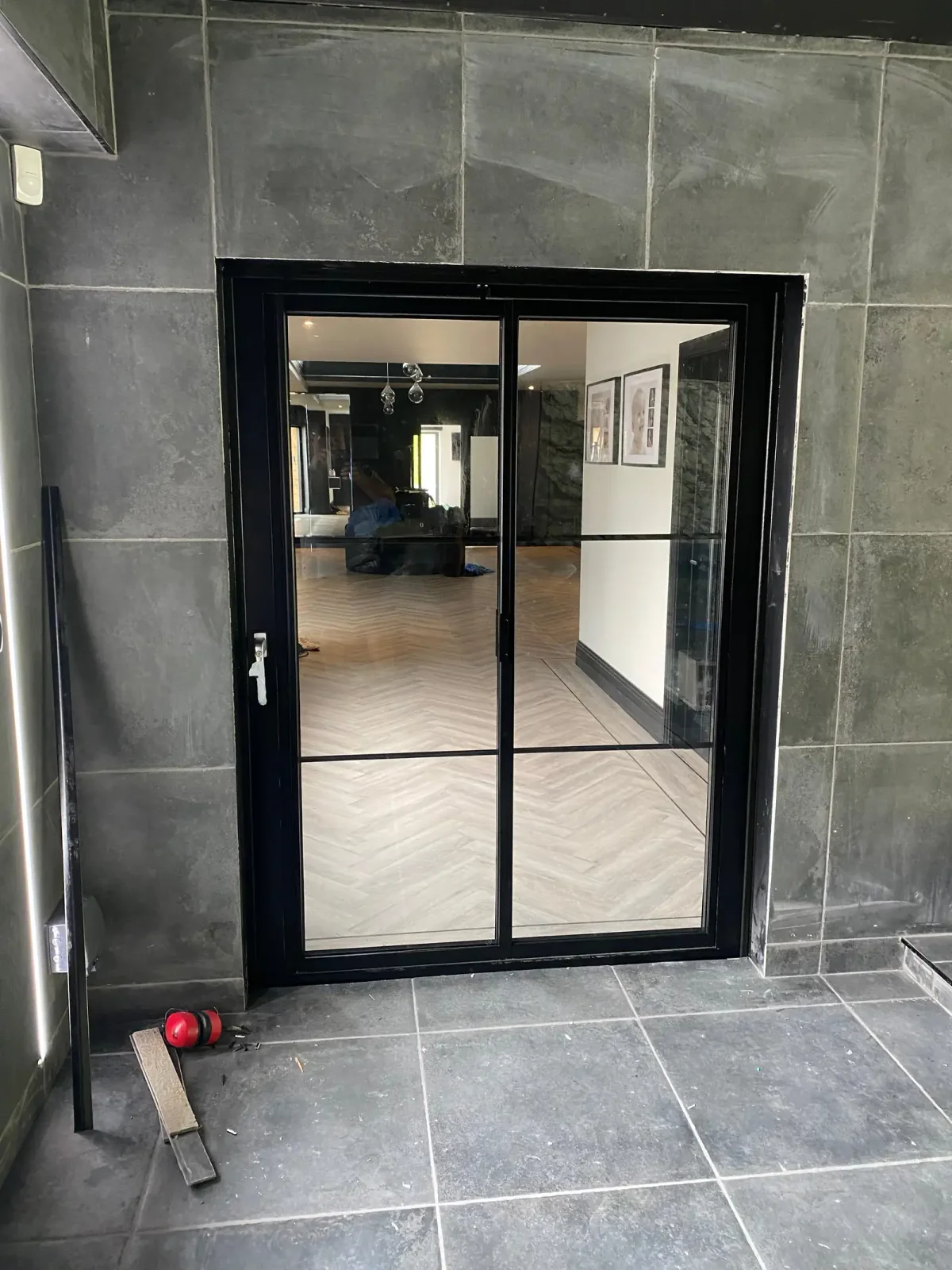
Matching Interior Styles
Selecting the right internal heritage sliding doors hinges on understanding the architectural period of your home. Georgian interiors might favour simpler, panelled designs, while Victorian spaces could call for more ornate styles with intricate mouldings or decorative glass inserts.
For a contemporary twist on tradition, grid-framed doors offer a striking option. These doors feature multiple panes of glass held in place by slim wooden or metal frames, allowing light to flow between rooms while maintaining a sense of separation. They work particularly well in Edwardian-inspired interiors or as a bridge between period and modern spaces.
Space Management
In compact period properties, every centimetre counts. Heritage sliding doors excel at space management, allowing rooms to serve multiple purposes without compromise. A dining room can double as a home office, or a living area can be quickly sectioned off to create a guest bedroom.
Aluminium heritage doors, while more commonly used externally, can also be an excellent choice for interiors where a sleeker profile is desired. Their slim frames result in a large glass area, helping to maintain an open feel even when the doors are closed. This makes them particularly effective in smaller period homes where preserving light and views is essential.
External Heritage Sliding Doors
External heritage sliding doors bridge the gap between indoor comfort and outdoor beauty. These doors allow period properties to maintain their historical charm while offering improved access to gardens and patios.
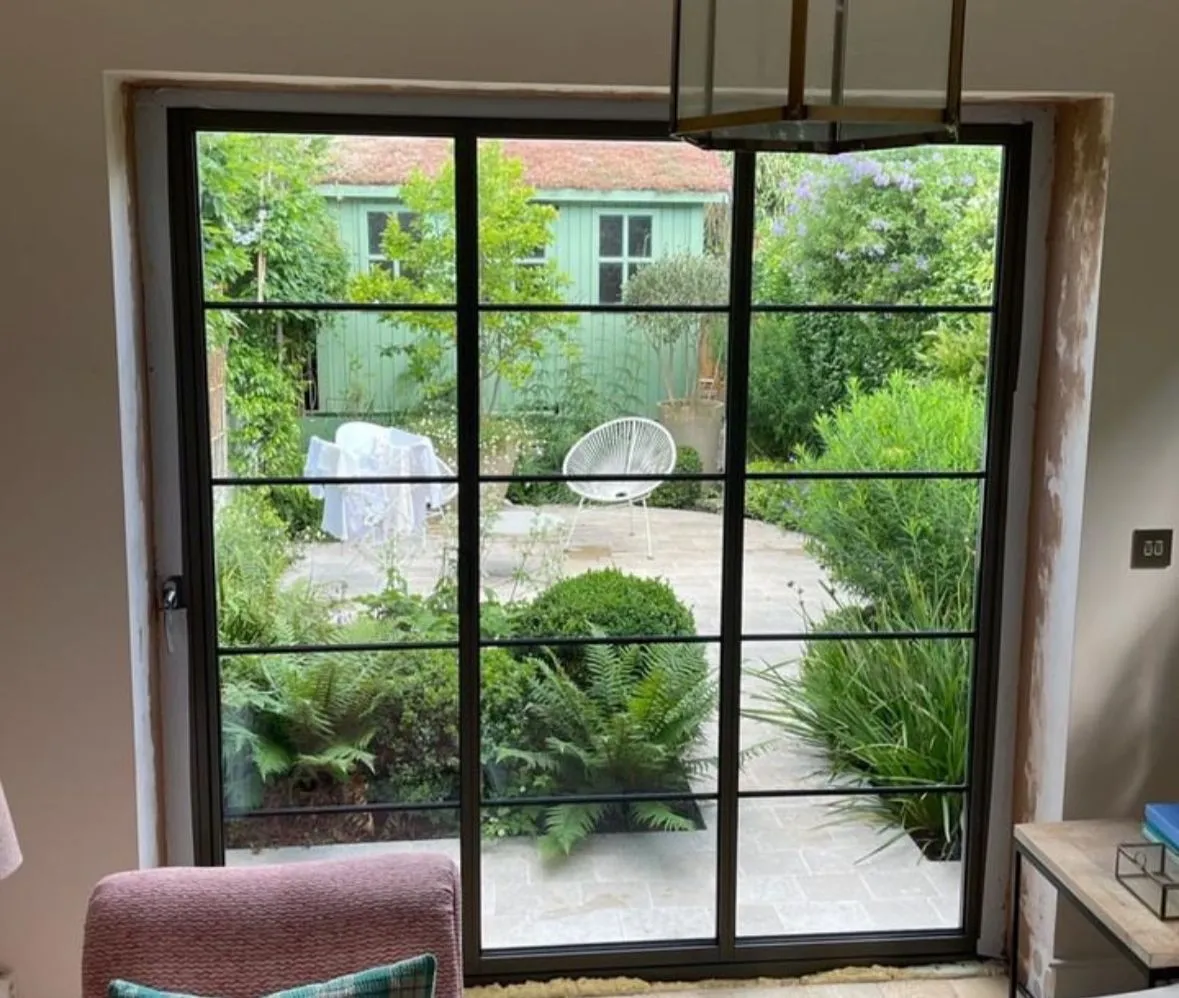
Maintaining Architectural Integrity
When adding heritage sliding doors to an older building, preserving the original architectural style is paramount. Georgian patio doors with integral bars, for instance, echo the elegant symmetry of 18th-century design. Their grid-like design complements the proportions of Georgian windows, ensuring a cohesive look across the façade.
For Victorian and Edwardian homes, larger glass panels became popular as manufacturing techniques improved. Heritage style doors from these eras often feature ornate frames and decorative glazing patterns. Modern interpretations of these designs can incorporate double glazing and weather-stripping without compromising their period appearance.
Glazing for Heritage Doors
Advances in glass technology have revolutionised external heritage sliding doors. Today’s options offer excellent thermal performance without sacrificing authenticity. Low-emissivity coatings and argon-filled double glazing units help maintain comfortable indoor temperatures year-round.
Aluminium steel-look doors provide a robust alternative to traditional steel doors. These doors mimic the slender profiles of steel frames but offer superior energy efficiency thanks to thermal breaks in their construction. The result is a door that looks authentically period from afar but performs to modern standards.
Modern Performance Standards
Heritage sliding doors must meet current building regulations while honouring historical aesthetics. Multi-point locking systems, concealed within traditional-looking hardware, ensure security without detracting from period charm. These locks engage at multiple points along the door frame, providing peace of mind for homeowners.
Weather resistance is another important factor for external doors. Modern sealing techniques and materials allow heritage patio doors to withstand British weather conditions effectively. Draught excluders and brush seals, carefully integrated into door designs, prevent water ingress and reduce air leakage, contributing to overall energy efficiency.
Planning Regulations
Installing external heritage sliding doors in listed buildings or conservation areas often requires careful navigation of planning regulations. Local authorities may have specific guidelines on materials, colours, and designs permitted for visible alterations to period properties.
In some cases, bespoke solutions might be necessary to satisfy both conservation officers and homeowners’ needs. This could involve using traditional construction methods alongside modern materials or creating exact replicas of original doors with hidden modern features.
For those living in modern homes inspired by historical styles, heritage sliding doors can add a touch of period charm. These doors allow newer properties to capture the essence of traditional architecture while benefiting from contemporary manufacturing techniques and materials.
Alternatives to Heritage Sliding Doors
While heritage sliding doors offer unique benefits, other door styles can also complement period properties. These alternatives provide different ways to connect spaces and improve access, each with its own historical roots and modern applications.
Slide and Turn Doors
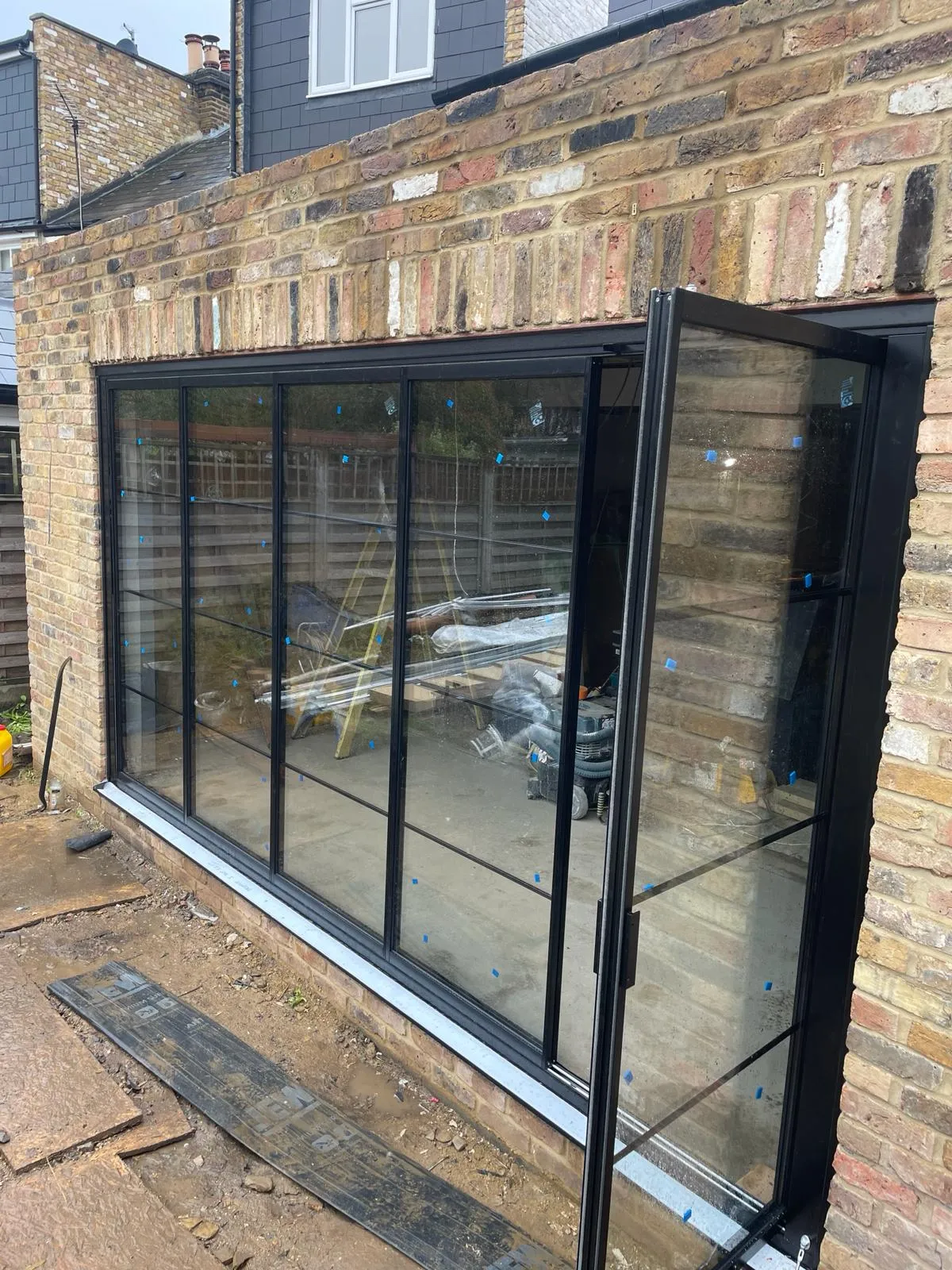
Slide and turn doors, also known as slide and stack or slide and pivot, combine the space-saving advantages of sliding doors with the flexibility of hinged doors. This system allows panels to slide along a track and then pivot to open fully, creating a wide, unobstructed opening. In heritage properties, these doors can be designed with period-appropriate panels and hardware, offering a fresh take on traditional door styles.
These doors work particularly well in conservatories or orangeries, where they can provide easy access to gardens while maintaining the architectural integrity of the space. When closed, slide and stack doors appear similar to French doors, preserving the classic look of heritage properties. Their ability to fold away completely makes them an excellent choice for homeowners who want to open up their space entirely during warmer months.
Adapting French Doors
French doors have long been a staple in period architecture, offering elegance and ample light. Modern interpretations of French doors can incorporate features that improve their performance without losing their classic appeal. Double-glazed units and weather-stripping can be discreetly added to original wooden frames, increasing energy efficiency while maintaining authenticity.
Bifold Doors in Period Homes
Heritage bifold doors are gaining popularity as a way to create large openings in period properties. These doors fold back against themselves, neatly stacking to the side out of the way. When designed with care, bifold doors can complement various architectural styles, from Georgian to Victorian and beyond.
The key to successful integration of bifold doors in heritage settings lies in the details. Opting for heritage-style doors with appropriate mouldings, hardware, and colour schemes ensures they harmonise with the existing architecture. Some manufacturers offer heritage bifold doors with traditional features like Georgian bars or Art Deco-inspired glazing patterns, allowing homeowners to match their home’s specific period.
Traditional Stable Doors
Stable doors, with their split design allowing the top half to open independently from the bottom, have a long history in rural architecture. These heritage-style doors bring charm and practicality to period homes, particularly in kitchens or as rear entrances. They offer ventilation and views while keeping children or pets safely indoors.
Modern stable doors can be crafted to meet current security and insulation standards without losing their traditional appearance. High-quality wood or wood-effect composite materials can be used to create stable doors that look authentic but require less maintenance than their historical counterparts.
Frequently Asked Questions
What is the difference between heritage sliding doors and heritage bifold doors?
Bifold doors (also known as glass concertina doors) and sliding doors (also known as patio doors) offer different opening styles and aesthetics. Sliding doors move along a track, with panels overlapping when open, ideal for unobstructed views and larger glass panes. Bifold doors fold back in sections, creating a wider opening when fully retracted. While both can be designed with period features, bifolds tend to have more visible framing when closed due to the multiple panels.
Can I install heritage sliding doors in a new build property?
Absolutely! Heritage sliding patio doors can add character and charm to modern homes. While these doors are designed to emulate period styles, they’re built using contemporary materials and technologies, making them suitable for new constructions. Heritage doors can provide a timeless aesthetic that complements both traditional and modern architectural designs.
How do heritage sliding doors differ from modern sliding doors?
Heritage doors are distinguished by their period-specific designs and detailing. They often feature thicker frames, decorative mouldings, and traditional hardware that reflect historical architectural styles. Modern sliding doors, in contrast, typically have sleeker profiles and minimal ornamentation. Heritage options prioritise authenticity in appearance, while modern designs focus on reducing the amount of visible framing.
Can heritage sliding doors be used as room dividers?
Heritage sliding internal doors with glass make excellent room dividers, offering flexibility in open-plan living spaces. These doors allow you to create separate areas when needed while maintaining an open feel and allowing light to flow through the space. Heritage-style sliding doors can be designed with frosted or textured glass for privacy, or clear glass to keep spaces visually connected. They’re particularly effective in period properties where preserving the original layout is desirable while adapting to modern living requirements.
What materials are commonly used for heritage sliding doors?
Timber remains a popular choice for heritage doors, with hardwoods like oak and mahogany being favourites due to their durability and authentic appearance. However, modern materials are increasingly used to replicate traditional looks while offering improved performance. Aluminium and composite materials can be engineered to mimic the appearance of wood while providing better insulation and requiring less maintenance. Some manufacturers also offer steel-look aluminium doors that recreate the slim sightlines of traditional steel frames.
What are the most popular colours for heritage style doors?
White remains a classic choice for heritage style doors, particularly for Georgian and Victorian-inspired designs. However, there’s a growing trend towards bolder colours that make a statement while complementing period aesthetics. Black aluminium bifold doors have gained popularity for their striking appearance and ability to frame views effectively. Deep greens, blues, and greys are also favoured choices, offering a contemporary twist on traditional colour palettes while still respecting historical authenticity.
What are the latest trends in heritage sliding door design?
One of the latest trends in heritage sliding door design is the incorporation of low threshold sliding doors. These doors feature a minimal step between indoor and outdoor spaces, improving accessibility. Other popular trends include the use of slimline frames.
There’s also a growing interest in using reclaimed materials or incorporating salvaged architectural elements into new door designs, adding authentic character to both period and contemporary homes. Manufacturers are also developing more energy-efficient options that combine traditional appearances with modern thermal performance, meeting the increasing demand for sustainability in home improvements.
About SunSeeker Doors
With over 20 years of experience, SunSeeker Doors remains at the forefront of door design with our quality-tested patio doors and related products, including the bespoke UltraSlim aluminium slide and pivot door system, Frameless Glass Doors, and Slimline Sliding Glass Doors. All of our doors are suitable for both internal and external use.
To request a free quotation, please use our online form. You may also contact 01582 492730, or email info@sunseekerdoors.co.uk if you have any questions.


